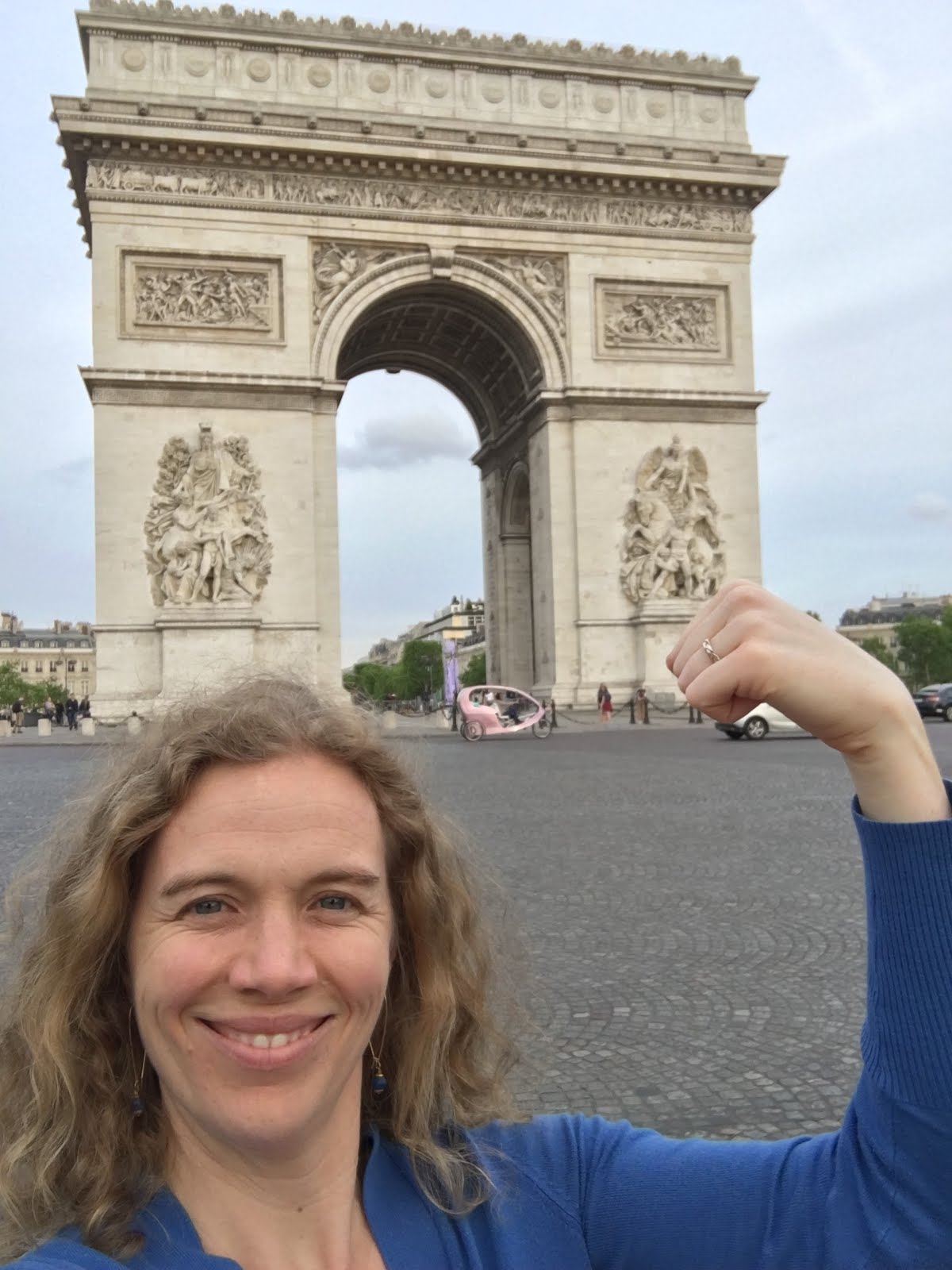Haiti, U.S. and International news feeds are all reporting on the devastating cholera outbreaks that are currently rocking the country. Over 1,030 people have now died, over 14,600 are reported as being infected and as many as 50,000-100,000 might actually be infected. The UN estimates that up to 200,000 are likely to become infected overall. The scary thing about cholera is that it strikes very quickly. Terrible diarrhea and vomiting can cause a person to become completely dehydrated and die within 48 hours. Haitian rural communities with little access to medical centers are understandably afraid. The hospitals in certain towns, such as Gonaives, are completely overfull with cases and cannot accept any new ones. I’ve talked first hand with Haitians over the last few days who express their desperate feelings of powerlessness in the face of this new invisible enemy.
 |
| Poulie women asking for cholera prevention trainings in the different local schools to help protect their children. |
A lot of confusion exists about how cholera made its way into Haiti and about how it is spreading. Here is what I know or have heard so far. The Center for Disease Control tested certain infected persons and asserted that the current strain of cholera most closely resembles one from Southeast Asia. The cholera originated in the Artibonite area, near the Artibonite river, where Nepalese UN troops were stationed. Many Haitians and international NGO’s suspect that the Nepalese troops might have unknowingly brought the cholera to the country. The UN and World Health Organization contend that they tested the soldiers and that they are not the source. However, many Haitians doubt the truth behind this. As a result, certain protests against the UN troops have taken place in the Central Plateau town of Hinche and in the Northern town of Cap Haitien, where over 50 people have died. We were all very sad to learn today that in the Cap Haitien protest, which turned violent, a 14 year old Haitian boy was killed. Understandably, many Haitians and Haitian organizations now want the UN troops to go. Yet, with the pending elections and fear of potential violence, this leaves the country in a bit of a quandary.
The big question remains…how do we now deal with this cholera epidemic? So much money has been put into International NGO’s and overall health initiatives. One thing that I know for sure, though, is that success can only be achieved if International Donors, NGO’s and Health Systems respect the already existing Haitian organizations and networks. This is one of the reasons why I have faith in my new employer, ActionAid, and other similar rights-based organizations. I believe that they truly respect and partner with local Haitian organizations. The results can be amazing. I have the proof.
 |
| The ActionAid Cholera Prevention Training taking place in the small village of Poulie in the Central Valley, next to Lascahobas. |
On Sunday, I was able to join the 10 member ActionAid Emergency Response Team as they executed a series of cholera prevention trainings in Lascahobas (the town that I blogged about on 6.27.10) and the neighbor village of Poulie. What an impressive endeavor. On Friday, after an ActionAid staffer came back from the field and reported on new cases of cholera and a request for ActionAid’s help, the team immediately contacted their local Haitian NGO partner, COSADH. COSADH, in turn, notified their field liaisons that ActionAid would be arriving on Sunday to do the prevention trainings.
Our team arrived in Lascahobas at 11:30am on Sunday. We met for an hour with our partner COSADH and a team of local ActionAid/COSADH trained facilitators who are from the area and know the people well. We split up into 3 different teams. I joined the team going to the small village of Poulie, where we worked with the ActionAid/COSADH facilitator, Jacqueline Morette (who also serves as a facilitator for Oxfam.) Jacqueline is an amazing woman…strong, warm, well educated…a real community leader who helps to lead the Association of Women of Poulie. I actually had the pleasure of meeting Jacqueline in Washington, DC, when Oxfam brought her to the States to meet with NGO’s and members of Congress. (She remembered me well and was quite surprised to see me show up at her door in the middle of this very rural area.)
 |
| Explaining the contents and use of the cholera prevention kits. |
 |
| Jacqueline, ActionAid Emergency Response Trainer, Wesner, and Me in the village of Poulie in the Central Valley |
Jacqueline sprung into action and mobilized the youth and local artists, who then went door to door to announce that there would be a community-wide cholera prevention training in 1 hour at the local school. We spent that hour talking with Jacqueline under her coconut tree and learning more about the community and the concerns over the growing cholera threat. At 2pm, we headed to the local school and low and behold, over 100 community members were gathered, ready and eager for the training. It was a wonderful, interactive, productive hour long training on the different ways to prevent and treat cholera, that included singing, story telling and community engagement.
I just kept thinking during the training, “this is how you do community development and community emergency response…with people, not for people…through the community, not above the community.”
 |
| Poulie Community members waiting in line to receive ActionAid cholera prevention kits. |
This is the type of cholera response that Haiti most desperately needs right now. One that is considerate of local Haitian organizations, knowledgeable of the language and culture, connected into community leaders, and sensitive to the unique geographical needs. If International NGO’s and donors want to really help Haiti, we need to first look at our own intentions, prejudices and hierarchies, and seek to reach out in more authentic and respectful ways.




































